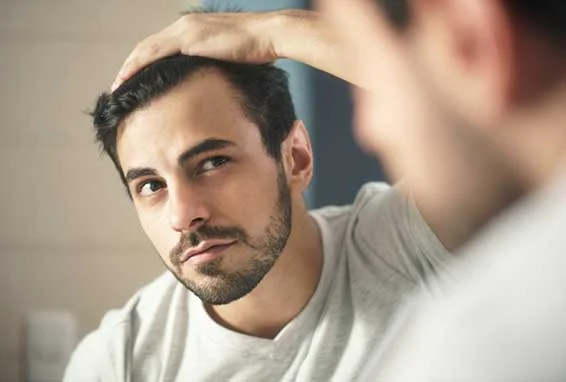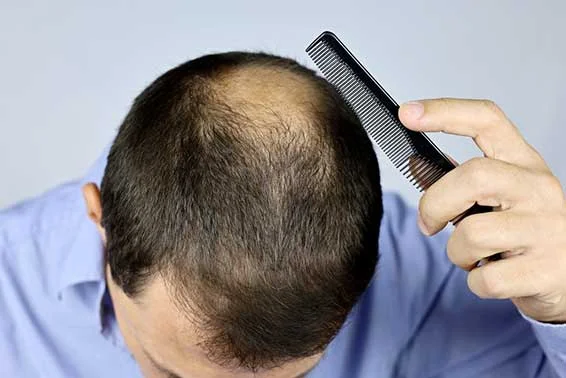Hair Loss & Detailed Guide on Treatment
Hair loss is very common and can be seen in every age group as well as gender. For some people, the loss of hair can be permanent and for others, it can be temporary. Hair loss can be caused due to the change in hormones, some medical problems or medication, heredity, or due to aging. Hair loss is more common in men even at a very young age like the late teenage years or early twenties.
When the scalp experiences extreme hair loss, then it may lead to baldness. Heredity and aging are the most common reasons for baldness. Some people believe that it is a natural process and does not bother about it much; while some people are very conscious about their looks and try to cover their baldness with hair dyes, hats, hairstyles, wigs, and whatnot. Many individuals like to treat this problem with a long-term solution, by having the growth of new hair and thus, reducing hair loss and baldness.
Before choosing any hair loss treatment, it is important to consult an expert to get precise information about the causes of hair loss, appropriate treatments and to know if you are an ideal candidate for such treatments or not.



